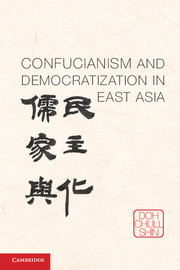Introduction
Published online by Cambridge University Press: 05 June 2012
Summary
We live in a monumental era for the advancement of democracy. For the first time since its birth in ancient Greece more than two and a half millennia ago, democracy no longer remains confined mostly to socioeconomically advanced countries of the West. Instead, it has become a global phenomenon for the first time in human history. As a set of political ideals as well as political practices, democracy has finally reached every corner of the globe, including the Middle East and North Africa, the two regions known as the most inhospitable to it (Corby 2011; Haerpfer et al. 2009; Huntington 1991; McFaul 2002; Shin 1994, 2007).
Almost everywhere on earth, democracy has emerged as the political system most favored by a large majority of the mass citizenry (Diamond 2008a; Heath et al. 2005; Mattes 2007). More notably, according to Freedom House (2010), the family of democratic states has expanded from 40 member countries to 116 since 1974, when the third wave of democratization began to spread from Southern Europe. Democracies currently account for 60 percent of the world's independent states. Even economically poor and culturally traditional societies, such as Benin and Mali in Africa, have been transformed into functioning liberal democracies. Growing demands from ordinary citizens, along with increased pressures and inducements from international communities, have turned the third wave of democratization into the most successful diffusion of democracy in history.
- Type
- Chapter
- Information
- Confucianism and Democratization in East Asia , pp. 1 - 18Publisher: Cambridge University PressPrint publication year: 2011

